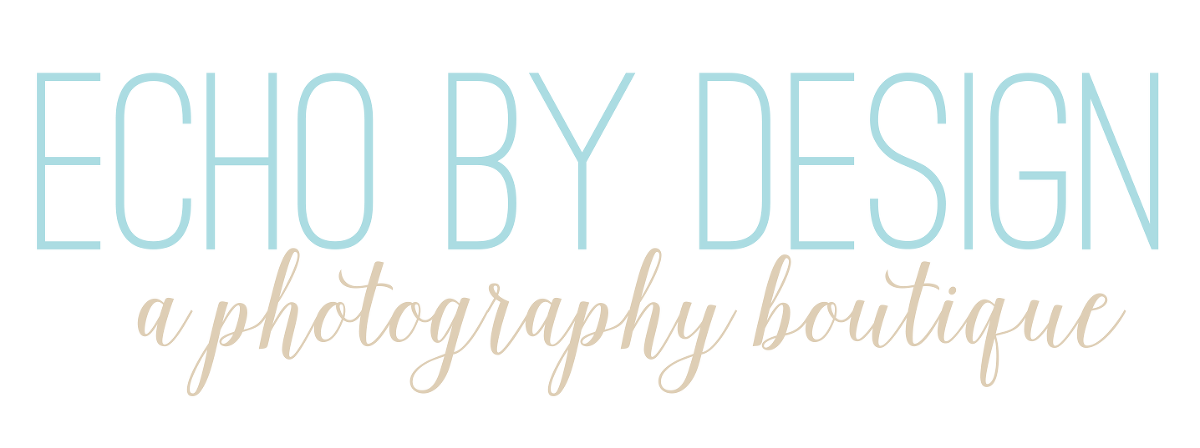Happy Friday everyone, and welcome to my Apple Pie session! This is the place for aspiring photogs and amateurs alike to get some of their photography and business questions answered. I have found a new love for teaching and sharing my business knowledge with all of our beginners. I know when I first started photography it was hard to get the answers to some of the most pressing questions. Not only that, but a lot of the time one question ends up stemming up 10 more unanswered questions. It can be crazy, and I know it can be stressful getting started or learning all the know hows of the camera world, but I’m hoping these sessions answer your questions thoroughly and help to push you in the right direction. So lets dive into today’s session!
Q: STACI WRITES I have the Nikon D5000 camera and it came with the 18-55mm lens and I was looking into getting another one but wasn’t sure which one would be the best one to get. So I was wondering what lenses you use the most?
A: First off the type of lens that I use mostly depends on the situation I am photographing in. I own four different lens and each one is specialized in serving me for different purposes. I have my wide angle (16-35 L 2.8) that sets me up beautifully for the ‘whole picture’ shots, a brand spanking new telephoto (24-70 L 2.8) that covers just about everything, and my zoom (70-200 L 2.8) that grabs those tight shots or allows me to photograph from a distance. The last lens that I use is my 50 fixed 1.4, which I love using to photograph detail shots with. Each of these lenses equip me in different ways and I love having the variety to add to my camera body, no one lens is used more than the other.
In your case, purchase a lens dependent on what you plan to use it for. The standard 18-55mm lens that came with your camera is a wide angle lens. It’s versatile, hence why they start you out with that lens. The smaller the number goes (18) the more wide your shot will get. The higher the number (55) the tighter you can zoom. I suggest if you are looking for a lens that is going to be something you can use to cover other than the parameters of the lens you currently own, would be to go with a telephoto lens. This lens will allow you to cover less of the big picture and more of the details with ease. I found a lens that should work for your at home use, it’s fairly inexpensive but will work to cover your hobby. Nikon Normal-Telephoto 55-200mm f/4-5.6 at approximately $180 should do the trick for you (Canon users do not be afraid, they have similar lenses available). If you are an aspiring professional, I would look at the more expensive lenses in this parameter that have lower aperture settings than the f4-5.6 can provide, whether your a Nikon or Canon user. The more expensive the lens, the better the parameters.
Q: KELLY WRITES I have a Canon Rebel XT that is about 5 years old, and I am starting to get into portrait photography. Should I upgrade to a newer camera or could I continue to use the one I have for good quality shots? If I should upgrade, what camera do you recommend?
A: Great question! Hopefully the last question will help you out a little too! This is my philosophy on upgrades (which I heard at a seminar), until you feel that your camera, lens, flash, etc. is holding you back, then your not in need of an upgrade. This is why I say that. For years I have been photographing with the same equipment making only one or two upgrades a year, photography is EXPENSIVE and it’s a slow and steady process unless you have the money to just buy all the new latest and greatest. It has taken me well over 8 years to accumulate the equipment I have and I’m thankful that I have had to work hard for it, it’s that much more rewarding when I get to upgrade!
In saying all of that, if you feel that your Canon Rebel XT is putting you in that position, then there are a lot of great pro-sumer cameras (used by both amateur pros and consumer hobbyist) out there. They are fantastic cameras and I just recently switched from one to purchase my first pro camera (which does not have an on camera flash.) I have used the 20D and 30D for years and they have made significant upgrades to these cameras in the 50D and 60D which still have your auto mode and on camera flash. They run about $1000 but you may be lucky enough to find them on ebay or amazon used at a slightly less expensive rate. I would suggest that if you aren’t already shooting manual to try and learn manual to get the full use out of your upgrade!
Q: RASHONDA WRITES Do u have any special tips for mastering silhouettes?
A: I love this question because silhouettes are some of my favorite shots! There can be so much storytelling and drama in a silhouette. The best tip of know how when capturing a silhouette is to expose your photograph for the brightest part of an image such as a window, open doorway, or sunset etc. By forcing your camera to focus on that bright light it will automatically make your subject matter dark or almost black. There are a couple of rules of thumb to make this happen:
- Shut off your flash is the first. If your shooting on auto your flash is automatically going to try to compensate for the lack of light on your subject. If your flash tries to fire, which in most events it will, pre-focus on your subject then point your camera to the brightest part of your image. Once you have done that press half way down on the shutter till you hear your auto focus beep in, now DON’T TAKE your finger off of your shutter. While still pressing your shutter halfway down your camera is remembering the metered light on the brightest part of your image. Still holding your shutter down, compose your image and then press the shutter button to take your picture. It should be a perfect silhouette. If your shooting manual which is actually where you will get your best results, your going to want a low ISO (light sensitivity) and higher shutter speed and aperture depending on the brightness of the light source. If your learning manual take a photo on auto and check the camera for the settings it picked. From there dial up or down on your settings to reach your desired look.
- Make sure your subject is in focus. More times than not when shooting auto your camera will want to focus on the source of light rather than your subject. It is important to make sure your subject has the attention of the photo not the bright light. My suggestion is to learn how to spot focus-which can not be done if shooting on auto- so switch to P mode. Remember all those multiple dots you see when you look in the camera? Those are all spots that you can specifically use to focus on your subject. Read your camera manuals on how to change that point of focus EVERY TIME you take a photo. I promise you that once you learn this you will never go back to auto focus again! Your subject should be in focus every single time using this method.
Q: SUE WRITES Are you going to have a seminar from basic camera knowledge to lighting?
A: To prerequisite this question, I have been invited to be apart of a beginners photog group on facebook. This is a group that has honed in on the fact that they are just getting started, and I have been honored to provide them with information and tips along their exciting journey’s. (If you would like to be added to this group please email me and I will get you added to our closed group.)
To answer the question that Sue has to offer, I would be more than blessed to hold a mini-seminar on basic camera knowledge, lighting, business, and much much more! If you are interested in this please email me at echodear@gmail.com in order to express your interest. If we get a great response I will put together a plan of action for a seminar with all the questions to when, where, and how much. Thanks so much for asking.
 I hope I was able to answer all the questions thoroughly enough for everyone. If you have an unaswered question for me, feel free to email me or message me for our next apple pie session!
I hope I was able to answer all the questions thoroughly enough for everyone. If you have an unaswered question for me, feel free to email me or message me for our next apple pie session!
..APPLE PIE AND ANSWERED QUESTIONS..
love, echo












